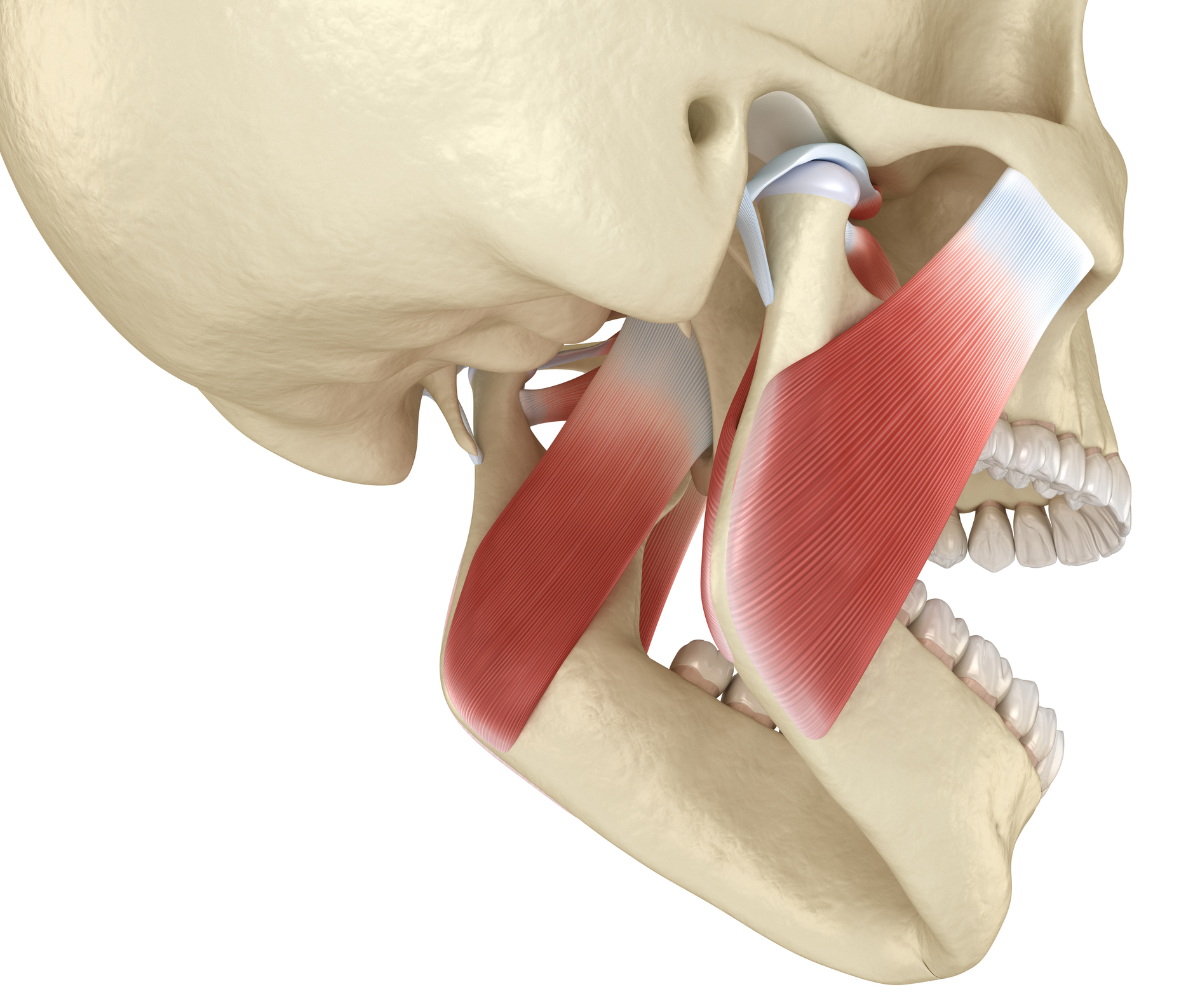By: Michelle Nay, Physiotherapist
Over the past year, most of have found ourselves in a situation where we are required to wear a mask for long periods of time throughout the day. One issue that physiotherapists are seeing trend upward is that patients are coming in with complaints of jaw pain and headaches. It turns out that for some people, the wearing of masks can make their jaw, or temporo-mandibular joints (TMJ), tense up which can also lead a person to experience headaches.
Tips for Mask Wearing
Here are a few tips that I give my patients to help reduce their TMJ/Headache pain or to help minimize the potential of emerging pain and issues in the future:
Relax that Jaw
Your jaw should be relaxed at rest, this means:
- Teeth not touching
- Lips lightly together
- Tongue lightly resting on the roof of the mouth
When wearing a mask try not to tense your jaw or push your jaw forward to hold your mask on - those elastics are designed to keep it on, so let them do their job!
Check Your Ear Loops
Ear-loops that pull and tug on your ears are another reason why wearing a mask can cause TMJ/Headache symptoms. They can cause pain that can be felt from your ears, across your jaw and into your face - all within a short period of time. Compression through this area from too- tight ear straps or goggles that do not fit well can cause facial pain and headaches. When choosing a mask for yourself, ensure that the straps fit snug and comfortable, but not tightly. There are a wide variety of masks available today, so find a brand that fits well, and invest in a handful.
Be a Nose Breather
Finally, masks might prompt us to breathe through our mouths instead of our nose. When we breathe through our mouth the jaw is held slightly open and this can cause tension to develop in the muscles around the jaw. At rest, we should mainly be breathing through our nose so our air is filtered and warmed.
Furthermore, the sinus passages connected to the nose make nitric oxide, a gas that helps your body get more oxygen. Nitric oxide also has powerful antiparasitic, antifungal, antiviral, and antibacterial properties, which can be a line of defence against microorganisms.
I hope this provides some helpful insight into managing TMJ/Headache pain related to mask-wearing. Try to keep a smile on your face when your mask is on too!
Please book an appointment at Active Sports Therapy if you think you need help with diagnosing and treating TMJ. There are several different treatments we offer that can help greatly with your TMJ symptoms.
*This blog is not intended to officially establish a physician-patient relationship, to replace the services of a trained physician, naturopathic doctor, physical therapist or chiropractor or otherwise to be a substitute for professional medical advice, diagnosis, or treatment.


